Table of Contents[Hide][Show]
- How Hydration Supports Healthy Aging
How To Hydrate Aging Skin Naturally+−
- Drink Enough Water: Hydrate from the Inside Out
- Eat Water-Rich Foods: Hydrate from Your Plate
- Choose The Right Cleanser
- Gentle Cleansing: The Key to Supporting Hydration
- Add a Natural Serum or Toning Mist: A Concentrated Hydration Infusion
- Using Hydrating Masks: A Deep Dive into Humectant-Based Care
- Always Wear Sunscreen: Protecting Skin’s Ability to Stay Hydrated
- Your Path to Hydrated, Ageless-Looking Skin
As skin ages, you might notice it feels depleted of water and its hydration needs change. If you’re looking for ways to hydrate aging skin naturally, you’re aiming to truly support its health and vitality. Effectively hydrating mature skin for a healthy appearance involves a practical combination of gentle and targeted skin care, a diet rich in hydrating foods, and supportive daily routines, all designed to replenish moisture and promote a more radiant look.
This article will guide you through these natural strategies, offering clear, actionable steps to help your skin maintain its resilience and a beautifully hydrated feel.
How Hydration Supports Healthy Aging
Why is keeping aging skin hydrated so vital for a healthy, resilient look? It’s about nurturing your skin from within.
Plump Appearance, Smooth Skin: Imagine your skin cells like tiny grapes. When hydrated, they’re plump and full, contributing to skin that appears smoother and has a fresh, revitalized glow. Dehydrated cells, like shrunken raisins, can make the appearance of fine lines more prominent.
Hydrated Skin is Resilient Skin: As we age, our skin tends to hold less water, which can make it appear dull, uneven, or more prone to visible fine lines. Dehydrated skin often feels tight—not firm, but taut and uncomfortable—because it lacks the internal moisture that keeps it flexible and supple. Supporting hydration helps improve the look of elasticity and smoothness, leaving skin with a refreshed, more vibrant appearance.
Supporting Skin’s Natural Helpers:
- Hyaluronic Acid (HA): This natural “moisture magnet” in your skin helps visibly plump the look of fine lines and provides a boost of hydration. Good overall hydration supports HA’s function, especially as natural levels may decline with age.
- Collagen: Providing skin’s firmness and skin bounce, collagen benefits from a well-hydrated environment. While hydration doesn’t build new collagen, it helps maintain the suppleness and integrity of existing structures, supporting a look that firms and tightens.
How To Hydrate Aging Skin Naturally
Understanding why hydration is crucial for aging skin, let’s explore simple, natural strategies for your daily life. These adaptable approaches can support your skin as its needs change, whether you’re building foundational habits in your 30s, seeking more intensive care in your 40s, or nurturing its vitality at any age. The goal is to help your skin retain precious moisture for a vibrant, supple look. Nourishing aging skin from the inside out and protecting it with mindful, natural topical care are key approaches to achieving a naturally hydrated, healthy-looking complexion.
Drink Enough Water: Hydrate from the Inside Out

Timeless advice for a reason, especially for maturing skin: water is fundamental for a healthy, vibrant appearance. Think of it as internally watering your skin, allowing its natural radiance to shine.
Why Water Matters for Aging Skin
As skin ages, its ability to retain moisture can decrease. Consistent water intake helps:
- Promote a supple, plump look: Hydrated skin cells are fuller, which can soften the visibility of fine lines and lend a refreshed appearance.
- Aid nutrient delivery: Water transports vital nutrients to skin cells, supporting their ability to renew the skin’s beautiful look, especially as natural moisture retention may weaken.
Simple Habits for Consistent Hydration
- Keep water accessible: A sustainable, reusable bottle nearby serves as a visual cue.
- Morning hydration: Start your day with a glass of water to rehydrate after a night of sleep. Adding a squeeze of lemon and a pinch of high-quality salt may support mineral intake and help your body absorb water more effectively.
- Listen to your body: Hydration needs vary from person to person, and the “8 glasses a day” rule doesn’t apply to everyone. A good rule of thumb? Pale yellow urine is a reliable sign you’re well hydrated.
Enhance Your Water: The Role of Re-mineralizing
Especially if you’re active or in dry conditions, helping your body absorb water better is key. Adding a tiny pinch of unrefined sea salt, a squeeze of lemon, or mineral-rich herbal teas (like nettle) provides electrolytes. These assist cells in utilizing water more effectively, contributing to a fresh, revitalized glow.
Eat Water-Rich Foods: Hydrate from Your Plate
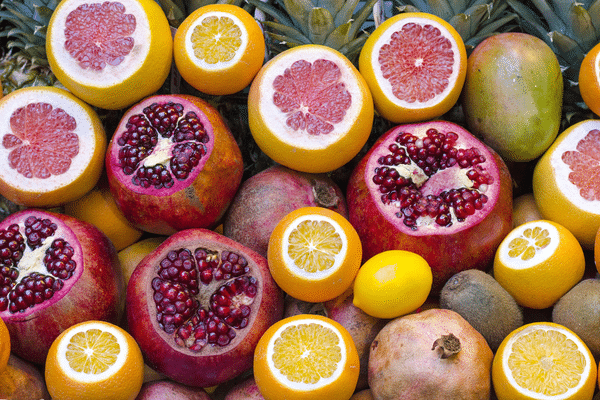
Your diet is a key player in hydrating aging skin. Many fruits and vegetables offer a double benefit: high water content for direct hydration and antioxidants to help care for your skin with natural defenses against environmental stressors. This contributes to a more resilient and luminous-appearing complexion.
Top Edible Hydrators:
- Cucumbers & Celery: Exceptionally high in water, perfect for snacks or salads.
- Tomatoes & Bell Peppers: Add color, water, and vitamins to your meals.
- Melons & Oranges: Deliciously hydrating, especially in warm weather.
- Leafy Greens: Greens like spinach also contribute to your overall hydration.
Incorporating these foods regularly supports your skin’s moisture levels and its ability to maintain a healthy, glowing complexion.
Choose The Right Cleanser
The way you cleanse your face can significantly impact its hydration levels, especially as skin matures. Harsh soaps and cleansers can act like moisture thieves, stripping away your skin’s natural oils. These oils are essential, forming part of your skin’s protective barrier that helps lock in moisture. Losing them can leave your skin feeling tight, dry, and can even accelerate the appearance of aging signs.
Gentle Cleansing: The Key to Supporting Hydration
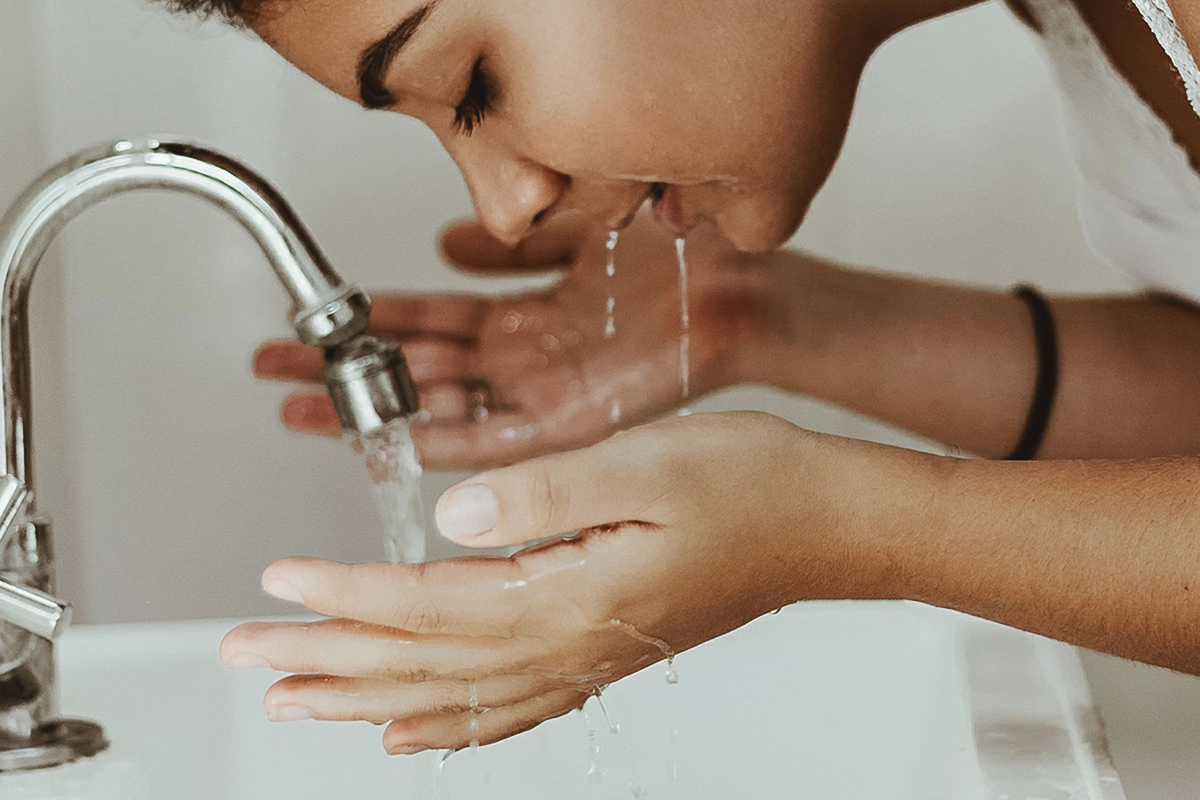
Cleansing is essential—but how you cleanse matters. The goal is to remove impurities without disrupting your skin’s ability to hold onto water.
Why hydration matters:
Hydration refers to the water content in your skin. While cleansing doesn’t remove water directly, harsh chemical cleansers or those that are not pH-balanced can strip away natural oils that help your skin retain that hydration. When these oils are lost, your skin’s barrier function weakens, making it harder to keep moisture in—this is known as transepidermal water loss (TEWL).
Choose hydrating, barrier-respecting ingredients:
Look for cleansers made with gentle humectants and botanicals. Glycerin helps attract water to the skin, while aloe vera soothes and helps minimize the feeling of tightness after washing. These ingredients cleanse effectively without leaving skin feeling dry or depleted.
Embrace skin-friendly washing habits:
- Lukewarm water is best: Hot water can over-strip the skin’s oils, leading to increased dryness.
- Pat, don’t rub: Gently patting your face dry protects your skin’s surface and minimizes friction—especially important for mature or sensitive skin.
By using a gentle cleanser and adopting supportive cleansing habits, you help maintain your skin’s hydration balance—creating the ideal foundation for serums, oils, and moisturizers that follow.
Add a Natural Serum or Toning Mist: A Concentrated Hydration Infusion
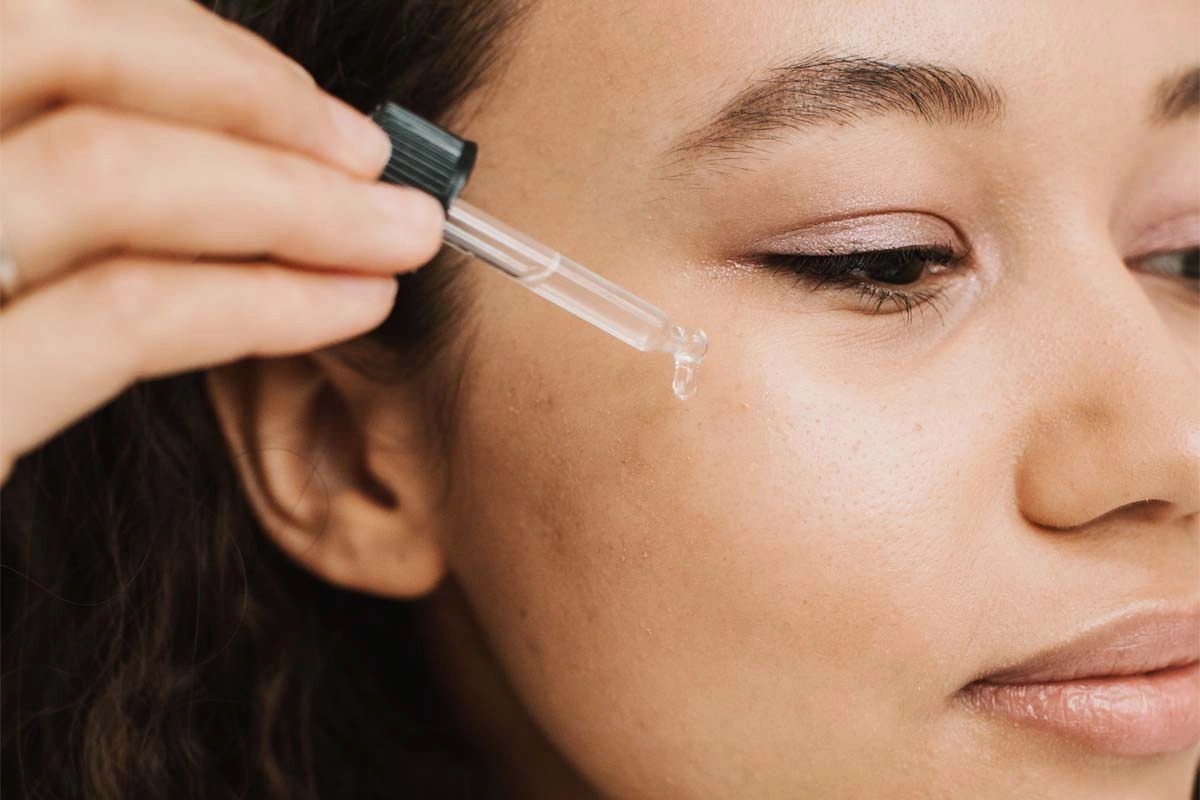
Once your skin is gently cleansed, introducing a natural serum or a refreshing toning mist can significantly elevate your hydration game, a key anti-aging step for many cultivating resilient skin through their 30s and supporting its appearance into their 40s. These products are typically power-packed with ingredients designed to deliver targeted hydration and other skin-loving compounds, offering a more intensive approach to nourishing aging skin.
What Makes Them Effective Hydrators?
Serums, in particular, are aqueous-based and often lightweight yet potent, allowing beneficial ingredients to be readily absorbed.
- Hyaluronic Acid (HA): A familiar hero, HA is a staple in many hydrating serums for its renowned ability to attract moisture, helping to visibly plump the look of fine lines and impart a dewy suppleness.
- Saccharide Isomerate: A plant-derived sugar complex, this ingredient penetrates deep within the skin’s surface layers—delivering lasting hydration that doesn’t rinse or rub away. It helps support a smoother, plumper-looking complexion and reinforces the skin’s ability to retain water over time. It’s a key ingredient in advanced formulas like those found in our serum line.
- Flower Distillates (Hydrosols): The gentle, aromatic waters captured during plant distillation, often forming the base of toning mists like those in our toning mist line. They offer a wave of light hydration, can provide a calming sensation, and beautifully prep the skin for serums and moisturizers.
- Aloe Vera: This cooling botanical is a natural humectant—meaning it helps draw water into the skin. Aloe’s soothing, gel-like texture comforts dryness and supports a hydrated, refreshed appearance. It’s a trusted ally for calming the look of stressed or tired skin.
Together, these types of ingredients provide a boost of hydration, helping your skin look more full and plump, feel more radiant, and appear smooth for that healthy glow.
Simple Steps to Maximize Their Benefits:
- Smart Sequencing: Always apply your toning mist before your serum, as it helps prep your skin for better absorption. Lightly damp skin is more receptive—like a sponge—allowing hydrating ingredients to sink in more effectively. Plus, when your serum contains humectants like hyaluronic acid, the added hydration levels from your mist give them something to bind to, boosting hydration and enhancing results.
- Consistent Serum Use: A small amount of serum, dabbed and blended into the skin morning and evening, provides a continuous supply of concentrated nourishment.
- Mist as a Refresher: Don’t reserve your toning mist just for your cleansing routine. A spritz throughout the day can instantly revive tired-looking skin, offer a moment of sensory pleasure, and help maintain a fresh revitalized glow, especially in dehydrating environments.
Using Hydrating Masks: A Deep Dive into Humectant-Based Care
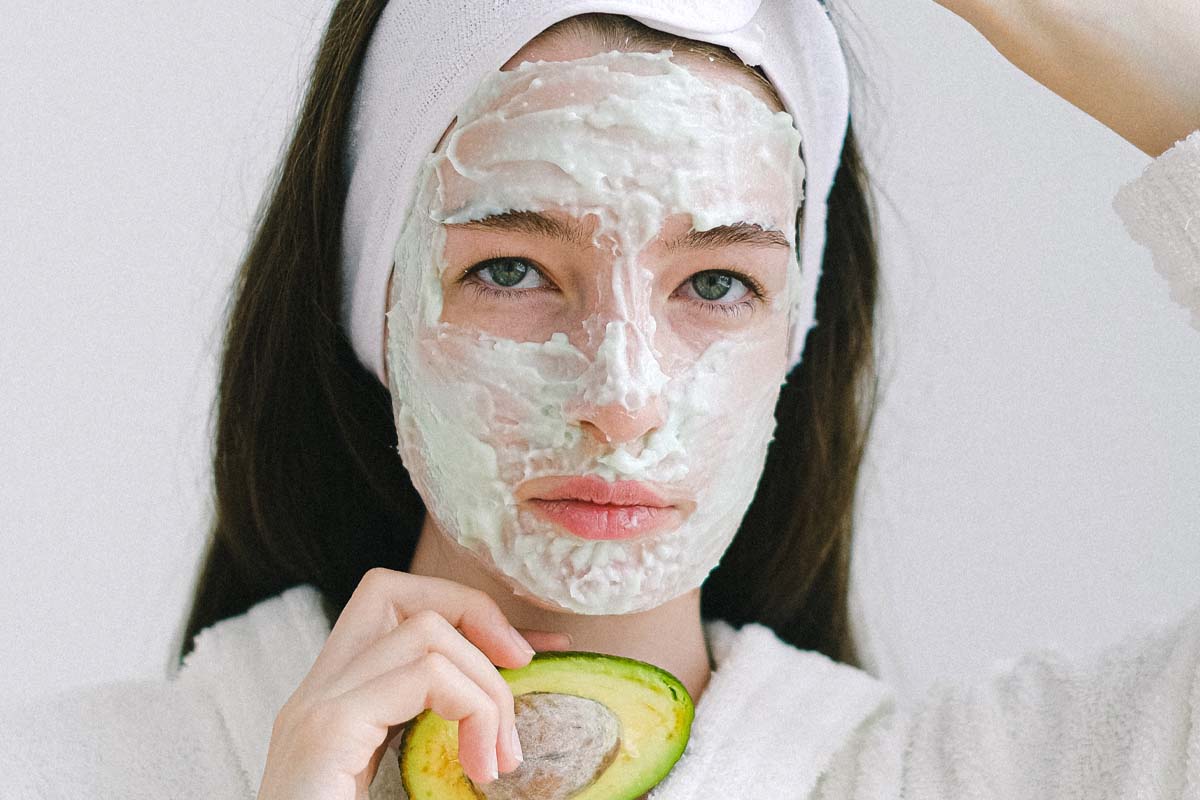
Hydrating masks are like a tall drink of water for your skin—perfect for when you’re feeling dull, dry, or depleted. These targeted beautifying treatments deliver a concentrated infusion of water-attracting ingredients that help support smoother, more supple-looking skin. By creating a temporary barrier, they allow humectants and skin-replenishing actives to sink in deeply, supporting skin’s natural hydration levels and visibly restoring radiance.
What to Look For in a Hydrating Mask:
- Water-binding ingredients: Seek out humectants like honey, aloe vera, or glycerin—they attract and hold water in the skin’s surface layers. Bonus if the formula includes antioxidant-rich botanicals to help protect hydration levels from environmental stressors.
- Annmarie Skin Care Favorites:
- Illuminating Pearl Mask: This creamy mask has a base of honey and is crafted to awaken dull skin and visibly enhance luminosity, with botanicals and mineral-rich pearl to help boost hydration and promote a radiant, energized look.
- Radiant-C Mask & Polish: A gentle, glow-boosting two-in-one product powered by vitamin C-rich superfruits and plant hydration that leaves skin feeling smooth, soft, and renewed.
Simple & Effective DIY Options:
- Honey & Plain Yogurt: Lactic acid from yogurt gently exfoliates while honey helps attract water to the skin.
- Pureed Cucumber & Aloe Vera Gel: Ultra-soothing and refreshing, this combination delivers a calming hydration boost—perfect for warm days or stressed skin.
Finding Your Masking Rhythm:
Use hydrating masks 2-4 times per week to give your skin a consistent hydration boost. Some gentle formulas, like the Illuminating Pearl Mask, can be used more often depending on your skin’s needs. You’ll know it’s working if your skin feels plumper, looks more elastic, and appears visibly refreshed after each use.
Always Wear Sunscreen: Protecting Skin’s Ability to Stay Hydrated
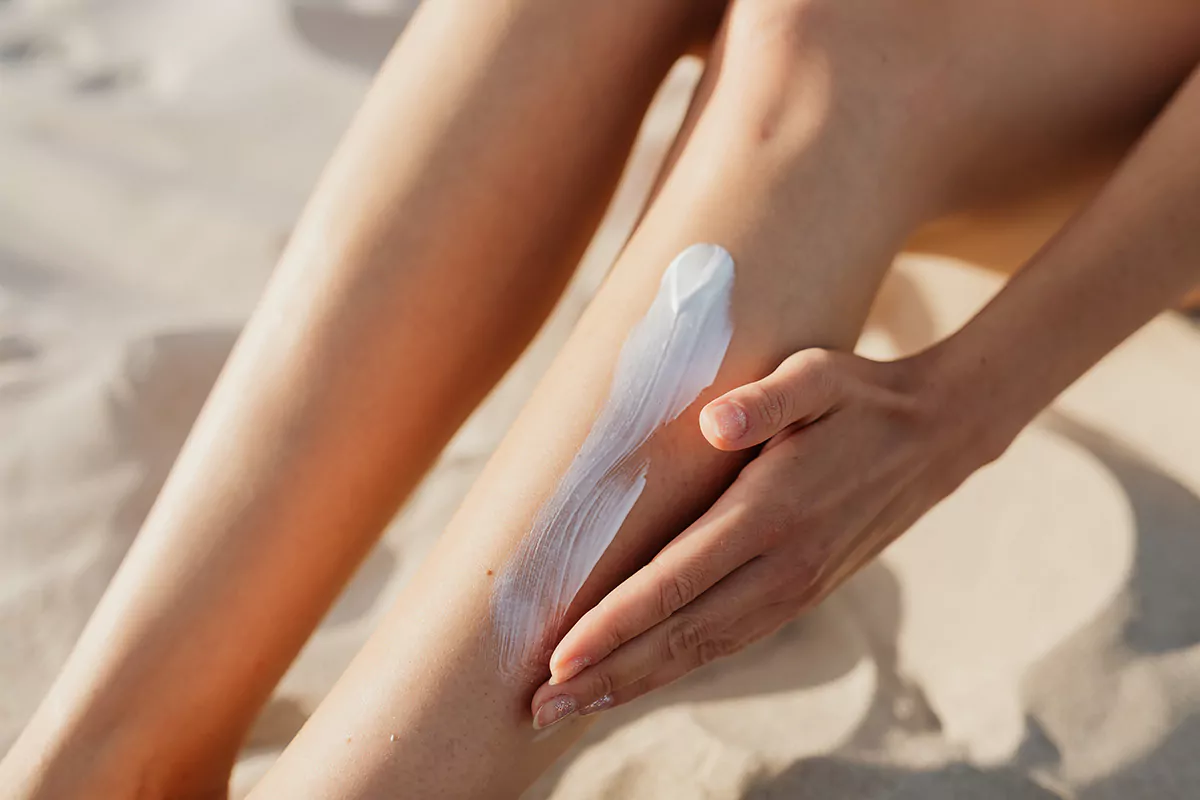
While sunscreen doesn’t hydrate the skin directly, it plays a critical role in helping your skin hold onto moisture. UV exposure can weaken the skin barrier, leading to increased water loss, dryness, and signs of premature aging. Protecting your skin from this damage helps maintain its natural ability to stay hydrated and supple.
How UV Exposure Disrupts Hydration
UV rays can compromise the skin’s protective barrier, making it harder to retain water. They also accelerate the breakdown of collagen and elastin, contributing to a drier, rougher appearance over time when skin is not properly protected.
Make Sunscreen a Daily Essential
Opt for a broad-spectrum, mineral-based sunscreen—like our Sun Love Everyday Sheer Sunscreen—made with non-nano zinc oxide and antioxidant-rich botanicals. While it doesn’t add hydration specifically, it helps preserve the skin’s natural integrity so your hydrating steps can work more effectively.
Pro tip: Apply generously and reapply every two hours for optimal protection. Consistent sunscreen use helps support skin health and hydration by reducing environmental stressors that can dry and damage skin over time.
Your Path to Hydrated, Ageless-Looking Skin
Embracing natural practices to keep aging skin hydrated is about supporting its vitality for a complexion that looks radiant and feels supple. From drinking water and eating hydrating foods to gentle cleansing, using natural serums, enjoying masks, and daily sun protection—each step supports your skin’s vitality and renews its beautiful look. We encourage you to integrate these tips into your routine; consistency can bring visible, positive changes.
For personalized advice, consider exploring our skin consultations page. As natural skin care evolves, new ingredients and gentle technologies continually emerge, offering exciting future possibilities for enhanced skin hydration and supporting a youthful appearance. Stay curious, and cherish the beautiful skin you’re in.
Your Hydration Questions Answered
What is The Difference Between Hydrating and Moisturizing?
Hydrating involves increasing the water content within your skin, often using humectant ingredients like hyaluronic acid that attract water to skin cells. Moisturizing focuses on preventing that water from escaping by creating a protective lipid barrier on the skin’s surface, typically with emollient ingredients such as plant oils. Both actions are essential for aging skin to maintain a supple, healthy appearance.
What Is The Difference Between Day and Night Hydration Products?
Day hydration products are generally lighter and may offer protection against daily environmental stressors. Night products are often richer or contain resurfacing ingredients, formulated to support the skin’s natural restorative processes during sleep. For example, our Activated Night Serum Retinol Alternative is designed for evening use to support your skin’s natural overnight renewal process. Because it helps resurface and refine the skin, using it at night also minimizes exposure to daytime sun exposure while your skin is in a more receptive, restorative state.
Can Over-Hydrating My Skin Cause Problems?
Yes—while hydration is essential, overdoing it can disrupt your skin’s natural balance. Applying too many hydrating products—especially those with humectants like hyaluronic acid or glycerin—without sealing them in with a moisturizer can actually lead to moisture loss. This happens when water is pulled to the skin’s surface and then evaporates, leaving skin feeling tight or dry. To hydrate effectively, pair humectant-based products with a nourishing face oil or facial cream to help lock in moisture and support a healthy skin barrier. Balance is key.
How Often Should I Change My Hydration Routine?
Adjusting your hydration routine seasonally is often beneficial—using richer products in dry winter conditions and lighter ones in humidity. It’s also wise to reassess if you notice significant skin changes (like persistent dryness or new sensitivities) or as your skin continues to mature. It’s less about frequent overhauls and more about making thoughtful tweaks as your skin’s needs evolve.



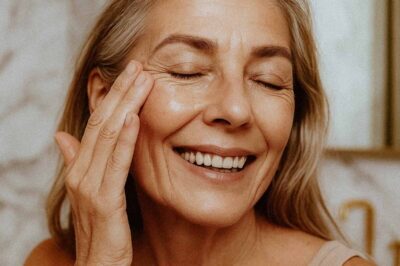



Leave a Reply